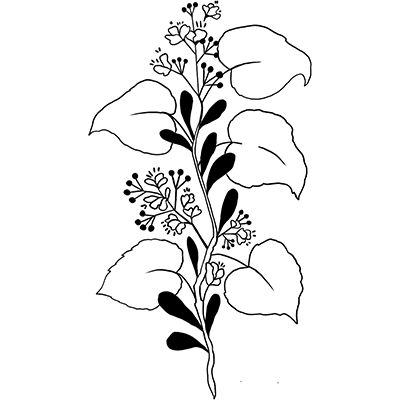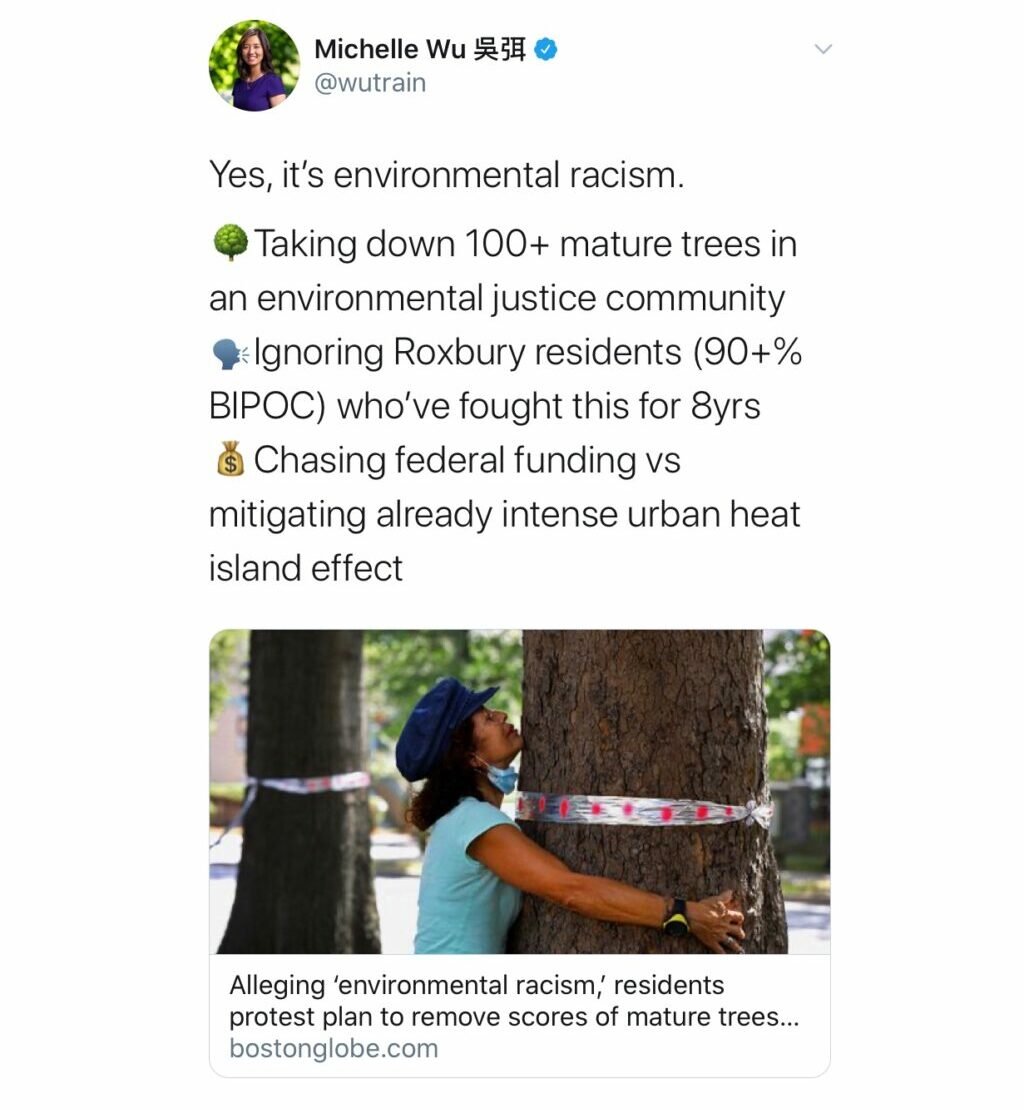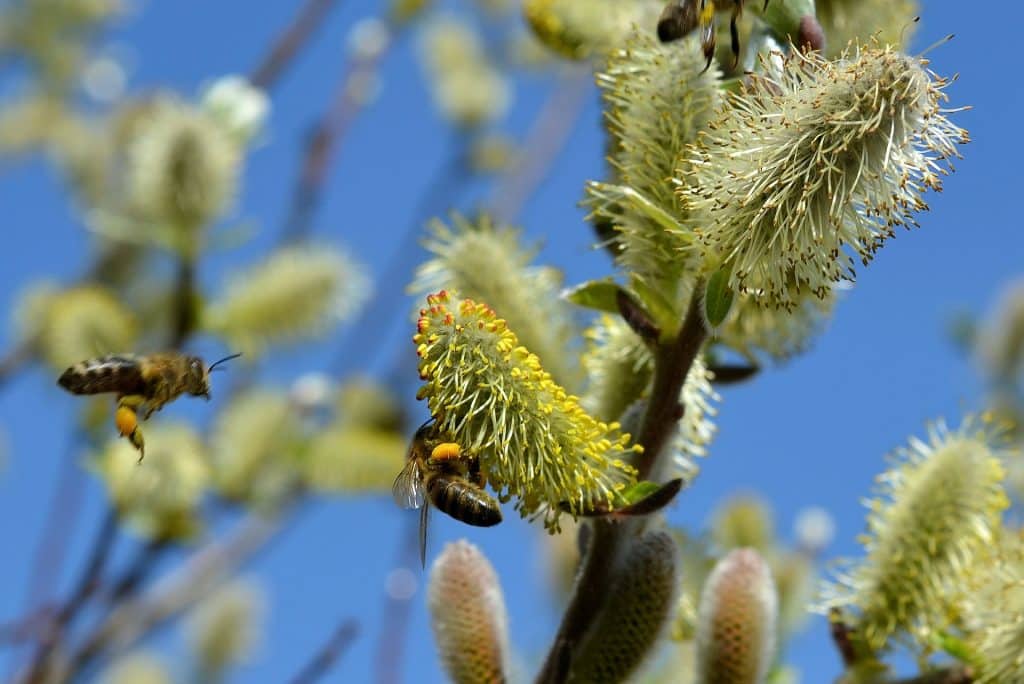Did you know you can plant trees for pollinators? Bees don’t just forage on flowers and plants. Bees, our urban street tree pollinators, thrive on a varied diet of diverse pollen sources to aid in immune function. Also, less energy is used for foraging if trees are closer to the hives.
The HoneyDNA analysis of our Boston beehives show that the Linden Tree is the most popular. This tree blooms late spring into summer with small, yellowish-white, and fragrant flowers.

Other common trees that are shown to be great pollinators and bloom during the spring are below:
- Elms Tree: Elm trees are one of the earliest trees to bud, usually in February. Beeschew into the buds to get at the pollen when temperatures allow. Planting elm trees helps provide an early spring insurance policy for your bees.
- Maple Tree: Maple Trees also bloom and those flowers are attractive to bees. Silver Maples have the earliest blooms. Honeybees find the maple flowers to be a good source of nectar and pollen.
- Oak Tree: Native oak trees support pollinators throughout the year. Oak trees offer their leaves as a gift to pollinators. Oak trees also provide safe and dependable habitat spaces for pollinators as well as most of the first available food in the spring.
Advocating for the Trees
Here at Best Bees, we recognize the importance of trees for the survival of bees. This past year, we’ve supported our neighbors initiative with their SAVE THE TREES on MCB (Melnea Cass Boulevard) campaign.

Due to the efforts of their project, the City of Boston announced the cancellation of a redesign project for Melnea Cass Boulevard that would have cut down or damaged hundreds of mature trees. Now it’s time to build a greenway that is beneficial to all our Boston communities.
For more information on why removing trees is an environmental justice concern, you can visit Friends of Melnea Cass Boulevard to learn more.






